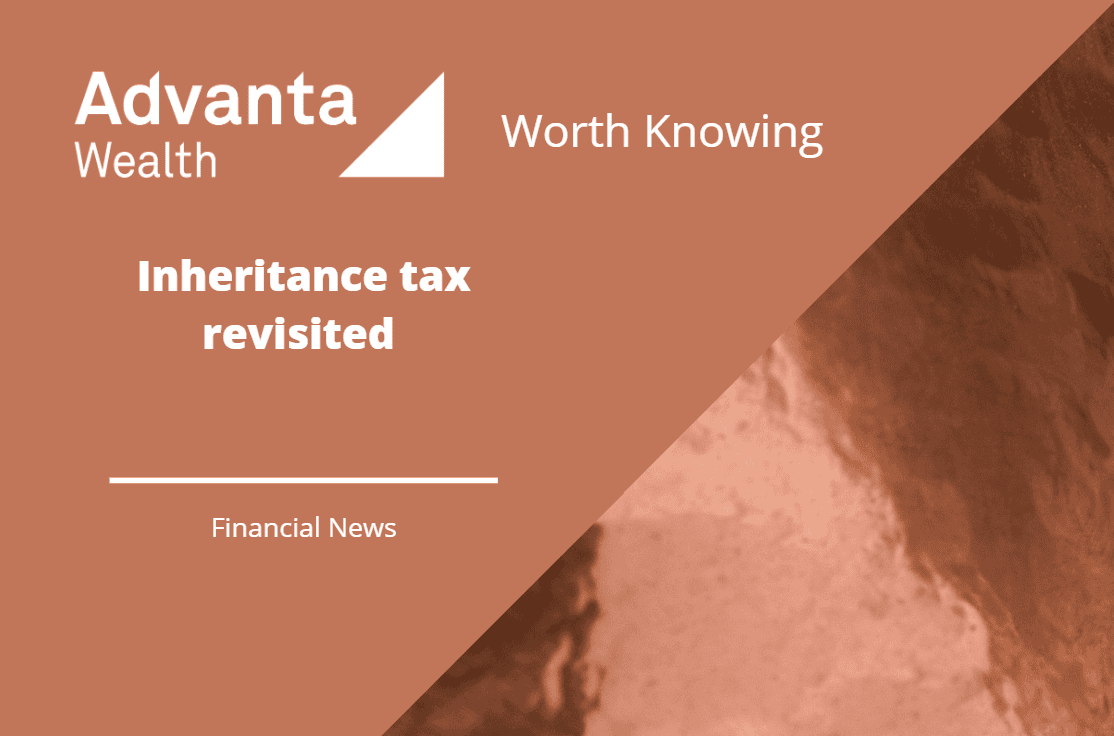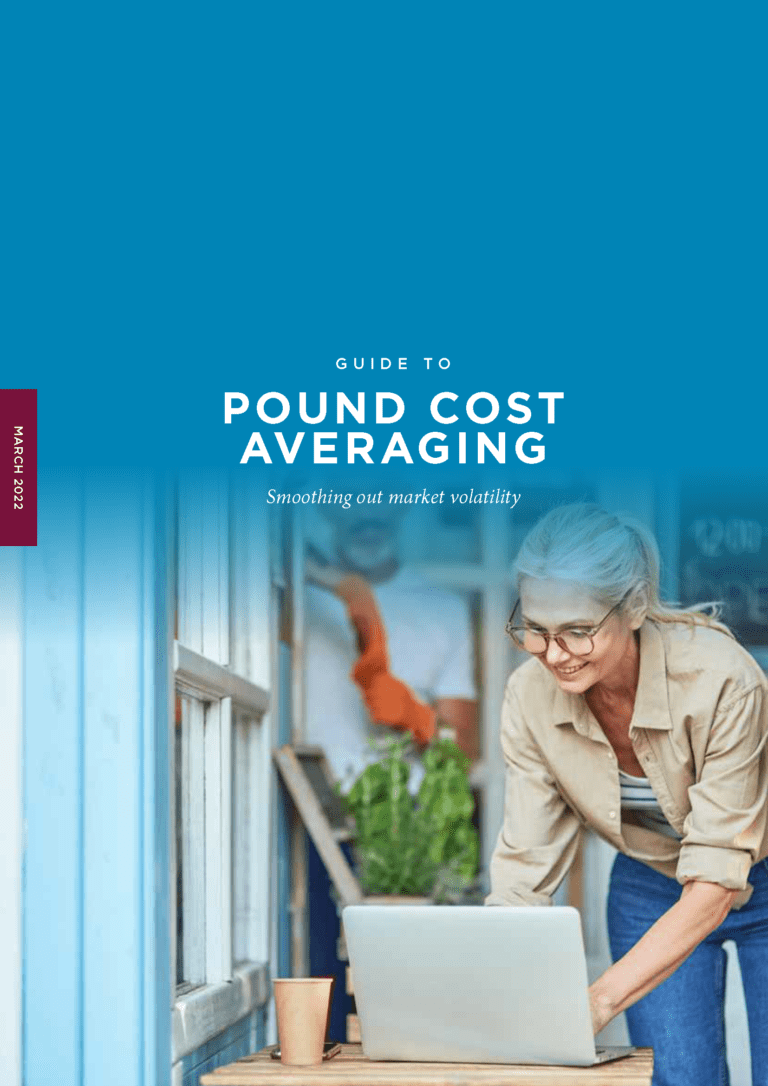4 steps for future wealth creation in your mid-20s to mid-30s
Investing can be challenging for anyone, but for those in their mid-20s to mid-30s, it can be especially daunting to build a portfolio – especially while paying off student loans, credit card debt and establishing some savings.
The reality is that people should start saving and investing as early as possible. The growth of savings and the power of compounding gives an enormous head start to those who can put money aside and invest in the early stages of their lives and careers – and building an investment portfolio is one proven way to grow money and wealth.
A few basic principles
One thing to consider before launching into the following steps is whether you have accessible emergency savings for a rainy day – such as three to six months’ worth of living expenses. If you do, then now you can start to consider how to build your future wealth.
There are many different ways to build an investment portfolio. However, there are a few basic principles that you should keep in mind, no matter what approach you take.
Step 1
First, every investor needs to ask themselves the same basic questions before getting started. You need to have a clear understanding of your investment goals. What are you trying to achieve? Are you looking for growth or income? How much risk are you willing to take on? You might be investing to have enough money for retirement, which could be decades away. But equally you could have shorter-term goals, too, like starting a family or buying a larger home.
With a clear goal in mind, you can create a realistic plan for achieving your objectives within a certain time frame. Choosing the right investing strategy matters when shaping your financial plan and a goals-based approach offers a new take on growing wealth. Goals-based investing focuses on reaching life’s goals versus trying to get high returns on your investment portfolio.
Step 2
Once you know your goals, you can start to identify the right assets to help you reach them. Asset allocation is all about deciding how much of your money you choose to put into different types of investments. The main types of assets people rely on for investing are shares, bonds, cash and commercial property.
How you allocate across these different assets will be largely down to not only what you want to achieve, but also how long your investment time horizon is. If you’re comfortable with more risk and you want a greater chance of stronger growth, you might allocate more money into shares. But if you are looking for more consistent returns, then government and corporate bonds could be the way to go.
Step 3
You also need to think about how you are going to diversify your portfolio. One of the golden rules of investing is to spread your money across a range of different asset classes. This will help to reduce risk and ensure that you are not too heavily exposed to any one particular area.
This approach means that if one or more of your investments rise you will benefit but, if they fall, there should be a degree of protection because, hopefully, some of your other holdings in different asset classes will be going up in value. So the most obvious reason to spread your investments around is that it reduces volatility and lessens the impact of any one share or asset class performing badly.
Step 4
Finally, you need to review your portfolio regularly. It allows you to stay up-to-date on the performance of your investments. This is important information to have so that you can make informed decisions about whether or not to continue investing in certain assets.
Additionally, reviewing your portfolio helps you to identify any changes that you may need to make in order to reach your financial goals. Things change. Life happens. A divorce, an inheritance, helping out loved ones or a change in income could all have a significant impact on your financial situation. Ultimately, reviewing your investment portfolio on a regular basis is crucial to helping you to make sound investment decisions and stay on track to reach your financial goals.
INFORMATION IS BASED ON OUR CURRENT UNDERSTANDING OF TAXATION LEGISLATION AND REGULATIONS. ANY LEVELS AND BASES OF, AND RELIEFS FROM, TAXATION ARE SUBJECT TO CHANGE.
THE VALUE OF INVESTMENTS AND INCOME FROM THEM MAY GO DOWN. YOU MAY NOT GET BACK THE ORIGINAL AMOUNT INVESTED. PAST PERFORMANCE IS NOT A RELIABLE INDICATOR OF FUTURE PERFORMANCE.
Content of the articles featured in this publication is for your general information and use only and is not intended to address your particular requirements or constitute a full and authoritative statement of the law. They should not be relied upon in their entirety and shall not be deemed to be, or constitute advice. Although endeavours have been made to provide accurate and timely information, there can be no guarantee that such information is accurate as of the date it is received or that it will continue to be accurate in the future. No individual or company should act upon such information without receiving appropriate professional advice after a thorough examination of their particular situation. We cannot accept responsibility for any loss as a result of acts or omissions taken in respect of any articles. For more information please visit www.goldminemedia.co.uk








